Doctor Who Season Three marks a fascinating point in the revived series, often referred to as NuWho. Following the acclaimed first season and the somewhat inconsistent second, season three emerges as a true mixed bag. It presents some of the most celebrated episodes alongside some of the most criticized, creating a season defined by its stark contrasts and a pervasive sense of melancholy. This re-examination of Doctor Who season three reveals how these contrasting elements intentionally mirror the Tenth Doctor’s turbulent emotional landscape.
Still grappling with the loss of Rose Tyler, the Doctor, portrayed by David Tennant, enters a period of emotional ambiguity. This is reflected in his complex relationship with Martha Jones. Martha embodies the intelligent and capable individual who, despite recognizing warning signs, finds herself entangled in unrequited love. Her experiences resonate with viewers who understand the complexities of navigating such emotional terrain, even while acknowledging its potential for self-destruction.
However, season three also highlights Martha’s limitations as a character. Unlike some of Doctor Who‘s most memorable companions, Martha isn’t always afforded the same depth and multifaceted development. Freema Agyeman’s performance, while solid, isn’t always enough to compensate for what some perceive as less nuanced writing. Martha, as a companion, feels like she never quite reached her full potential. Yet, her more constrained narrative arc aligns with the season’s overarching themes of solitude, confused emotions, and the flawed mechanisms we employ to cope with life’s inherent voids. Here’s a detailed ranking of the episodes, from the lowest to the highest points of Doctor Who season three:
LOWER TIER
12. “Daleks in Manhattan” / “Evolution of the Daleks” (Season Three, Episodes Four and Five)
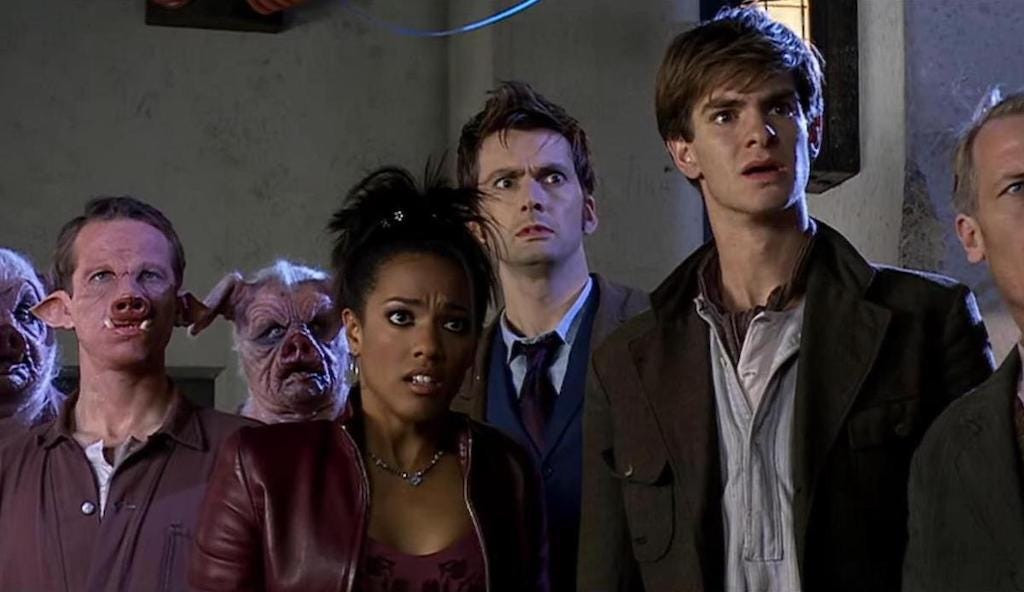 Daleks in Manhattan still featuring a bronze Dalek and pig slaves
Daleks in Manhattan still featuring a bronze Dalek and pig slaves
Combining a campy B-movie style with a sincere narrative about class during the Great Depression and a Dalek morality exploration results in a chaotic blend. The attempt to incorporate exaggerated New York accents only adds to the disarray. Doctor Who stories set in America have often proven to be precarious, and this two-part episode exemplifies the pitfalls when Who ventures stateside, particularly when relying heavily on a classic adversary. Any promise held by the 1930s setting dissipates with the introduction of the human-Dalek hybrid, a visually and conceptually jarring element. Even a young Andrew Garfield’s appearance cannot salvage this narrative misstep, making it a low point in Doctor Who season three.
11. “The Lazarus Experiment” (Season Three, Episode Six)
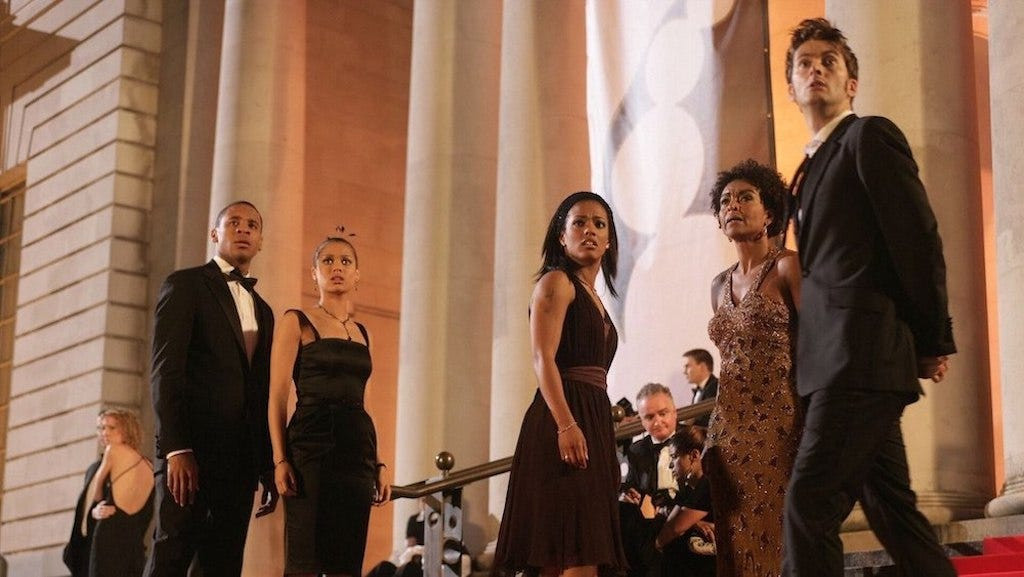 Mark Gatiss transforms into a monstrous creature in The Lazarus Experiment
Mark Gatiss transforms into a monstrous creature in The Lazarus Experiment
“Easily forgotten” might be a generous description for an episode that requires viewers to watch Mark Gatiss embody a creepy elderly man, a creepy young man, and, ultimately, a creepy lizard-like creature. However, this underdeveloped episode is too unengaging to be actively offensive. Regrettably, it’s also the episode where it becomes evident that Martha won’t receive the same depth and detailed characterization as Rose and her family. This lack of development positions “The Lazarus Experiment” as an easily skippable episode when revisiting Doctor Who season three.
10. “The Shakespeare Code” (Season Three, Episode Two)
“The Shakespeare Code” possesses the elements to be highly successful. William Shakespeare is an ideal historical figure for a celebrity-themed episode, and the Elizabethan era offers a rich backdrop for the show. However, this episode leans heavily into the cheesier aspects of Who, which ultimately detracts from the narrative’s effectiveness. Shakespeare himself is portrayed as surprisingly uninteresting, and while the emerging tension between Martha and the Doctor adds some intrigue, the episode generally lacks the intellectual sophistication expected from a story centered on one of history’s most brilliant minds.
9. “The Sound of Drums” / “Last of the Time Lords” (Season Three, Episodes Twelve and Thirteen)
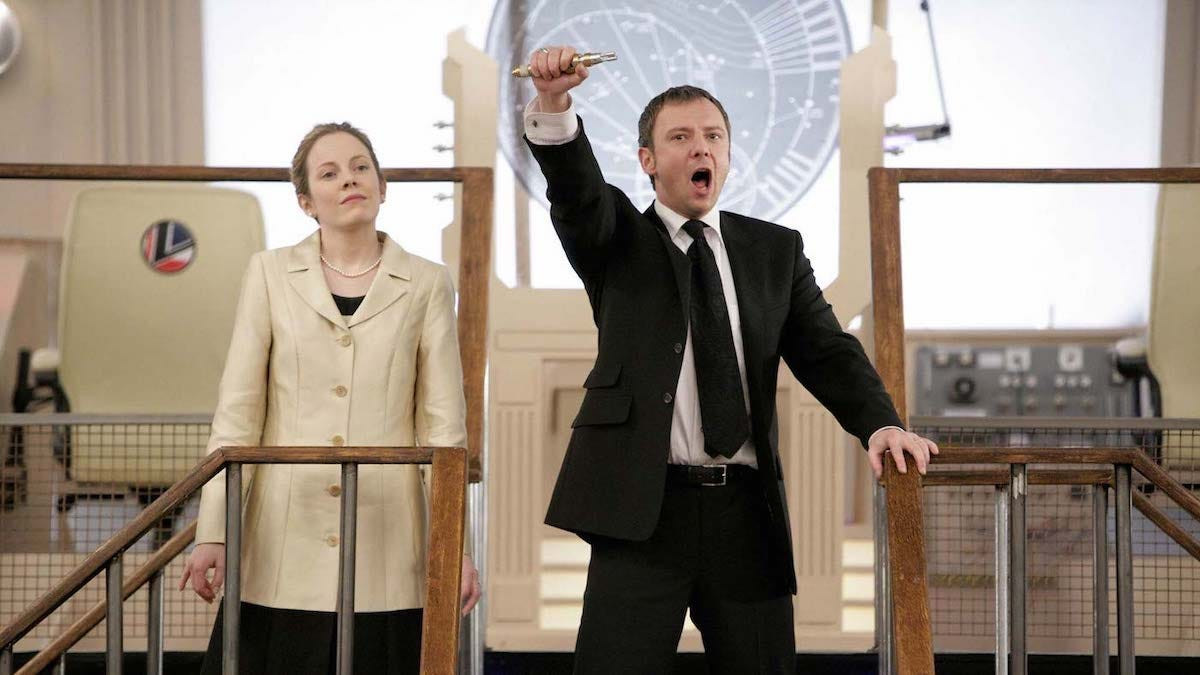 The Master and the Doctor face off in the finale of Doctor Who season three
The Master and the Doctor face off in the finale of Doctor Who season three
As the weakest of Russell T Davies’s finales, this two-parter is primarily redeemed by the exceptional chemistry between David Tennant’s Doctor and John Simm’s Master. Unfortunately, viewers must endure considerable absurdity to appreciate this dynamic. The most egregious element is the bizarre, CGI-rendered Dobby Doctor, alongside uneven pacing, the disturbingly bleak Toclafane twist, and a concluding reset that feels overly convenient. While Martha’s non-traumatic departure is a welcome change, it’s overshadowed by a finale that diminishes an otherwise strong series of episodes in the latter half of Doctor Who season three.
SOLID TIER
8. “The Runaway Bride” (2006 Christmas Special)
 Donna Noble and the Doctor in a comical scene from The Runaway Bride
Donna Noble and the Doctor in a comical scene from The Runaway Bride
A whimsical farce followed by a somber reflection on genocide: could anything be more characteristic of the RTD era of Doctor Who than “The Runaway Bride”? Like many Doctor Who Christmas specials, this episode amplifies its tone to an extreme—sometimes successfully, sometimes less so—and the plot is somewhat thin for a 60-minute episode. However, witnessing the nascent chemistry between David Tennant and Catherine Tate is enjoyable, and Donna’s role as a pivotal point in the Doctor’s emotional recovery after Rose’s departure is thoughtfully handled. Overall, it serves as an effective tonal shift after the emotionally intense conclusion of season two, offering a lighter interlude within Doctor Who season three’s broader narrative.
7. “42” (Season Three, Episode Seven)
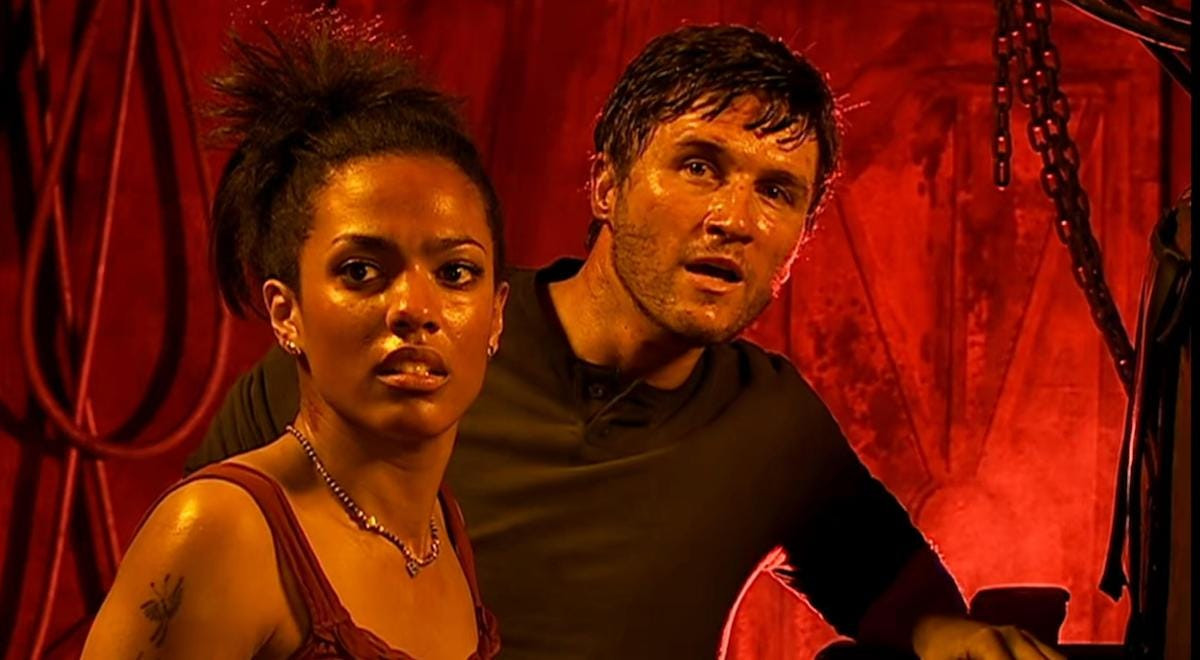 Martha Jones in peril in the spaceship corridor from 42
Martha Jones in peril in the spaceship corridor from 42
Season three’s “base-under-siege” episode may not reach the heights of “The Impossible Planet” / “The Satan Pit,” but it remains an engaging hour of television in its own right. The real-time premise maintains a sense of urgency, and there are appropriately unsettling visuals, such as Martha adrift in space in an escape pod. Combined with a compelling central mystery concerning a solar entity, it forms a solid, self-contained adventure. (It’s also noteworthy that it aired shortly after the release of Danny Boyle’s Sunshine.) This episode adds to the consistent quality found in the middle section of Doctor Who season three.
6. “Voyage of the Damned” (2007 Christmas Special)
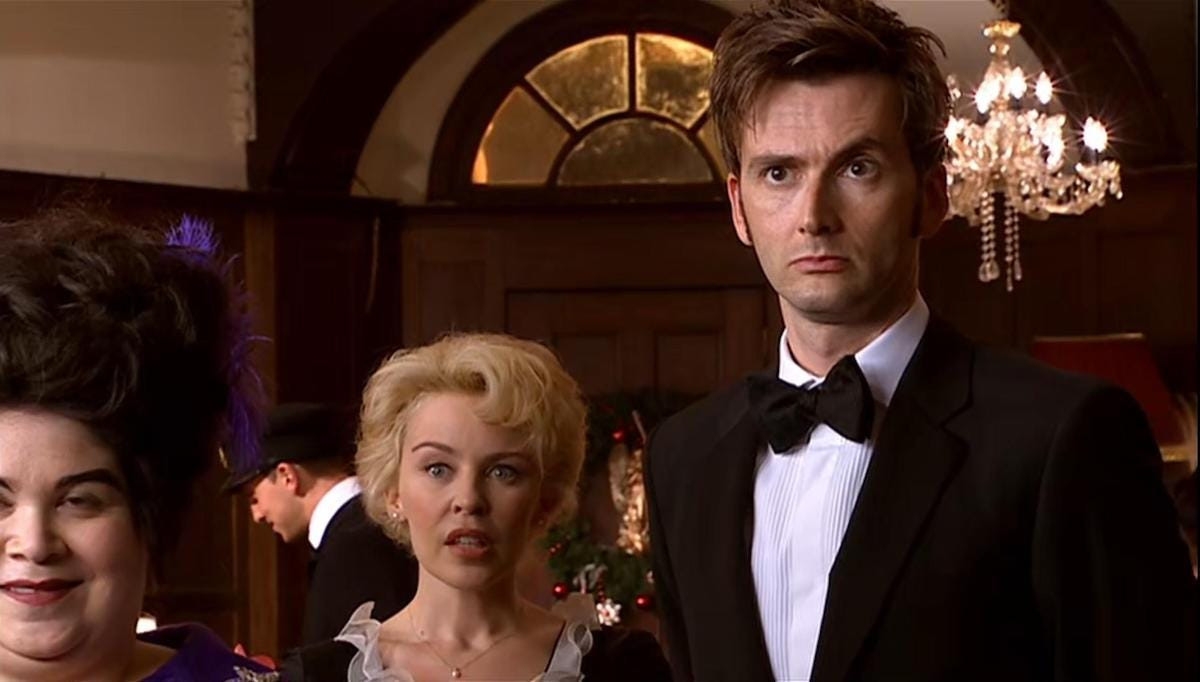 Kylie Minogue and David Tennant on the spaceship in Voyage of the Damned
Kylie Minogue and David Tennant on the spaceship in Voyage of the Damned
What better way to celebrate the holiday season than with a Poseidon Adventure inspired story set in space? It’s remarkable that the most purely “fun” Christmas special of the RTD era is essentially a disaster movie where almost all of the likeable supporting cast meets a tragic end. However, Kylie Minogue’s vibrant guest performance establishes an entertaining tone for a thrilling adventure with undertones of capitalist critique. Yet, the standout aspect of this episode is David Tennant’s unrestrained and suave performance, arguably the most debonair of his tenure. This episode is a delightful and somewhat unexpected highlight within Doctor Who season three.
5. “Gridlock” (Season Three, Episode Three)
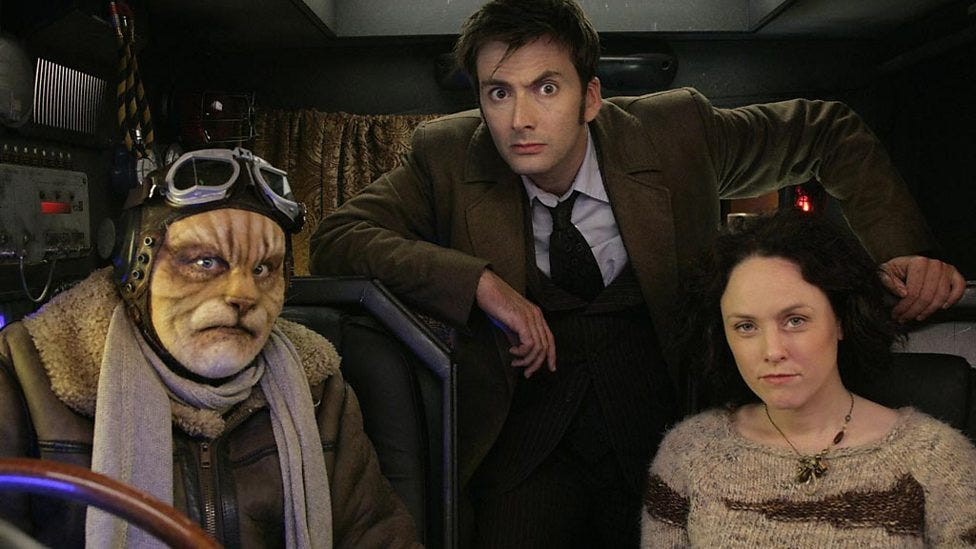 The Doctor and Martha in the traffic jam of New New York in Gridlock
The Doctor and Martha in the traffic jam of New New York in Gridlock
Continuing the narrative thread from “The End of the World” and “New Earth,” “Gridlock” concludes the Face of Boe/Year 5 Billion trilogy with considerable flair and imagination. This episode exemplifies the kind of robust, episodic adventure that ideally populates a strong season; it’s somewhat whimsical, subtly thought-provoking, and carries a hint of social commentary. Much like the episode’s unending motorway, there are layers to its narrative—from the Doctor’s attempts to recapture past moments with Rose to the surprising sense of community that imbues the hour with pathos. “Gridlock” stands as an underappreciated gem of Doctor Who season three, deserving reconsideration for those who may have overlooked it.
4. “Utopia” (Season Three, Episode Eleven)
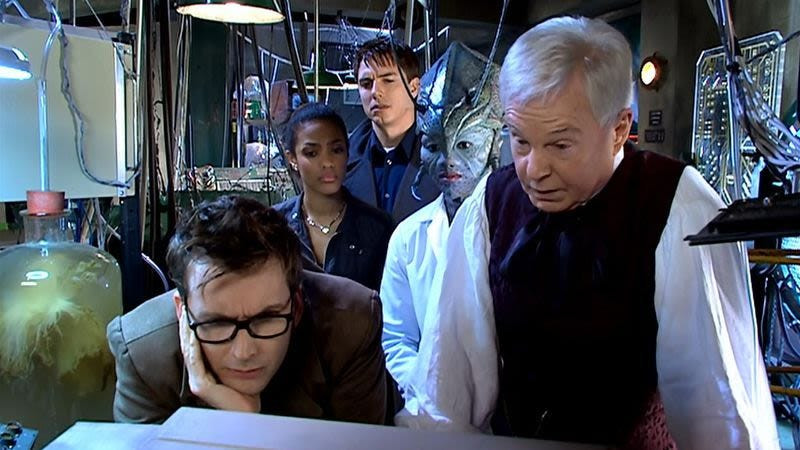 Captain Jack Harkness makes his return in Utopia
Captain Jack Harkness makes his return in Utopia
RTD often favors a sense of foreboding in his penultimate episodes, and this is particularly true of “Utopia,” set in a desolate refugee camp at the universe’s edge. Even Captain Jack’s highly anticipated return is characterized more by tension and unease than by joy and nostalgia, a dynamic that David Tennant portrays with exceptional skill. Elevated by Derek Jacobi’s superb performance, “Utopia” marks a significant step up in RTD’s showrunning, skillfully interweaving season-long and series-long Who elements into a narrative-altering twist. If there’s a flaw, it’s that “Utopia” is only half a story, and the actual two-part finale struggles to match its intensity. Nevertheless, we are left with an compellingly bleak penultimate episode for an intriguingly dark season of Doctor Who.
TOP TIER
3. “Smith and Jones” (Season Three, Episode One)
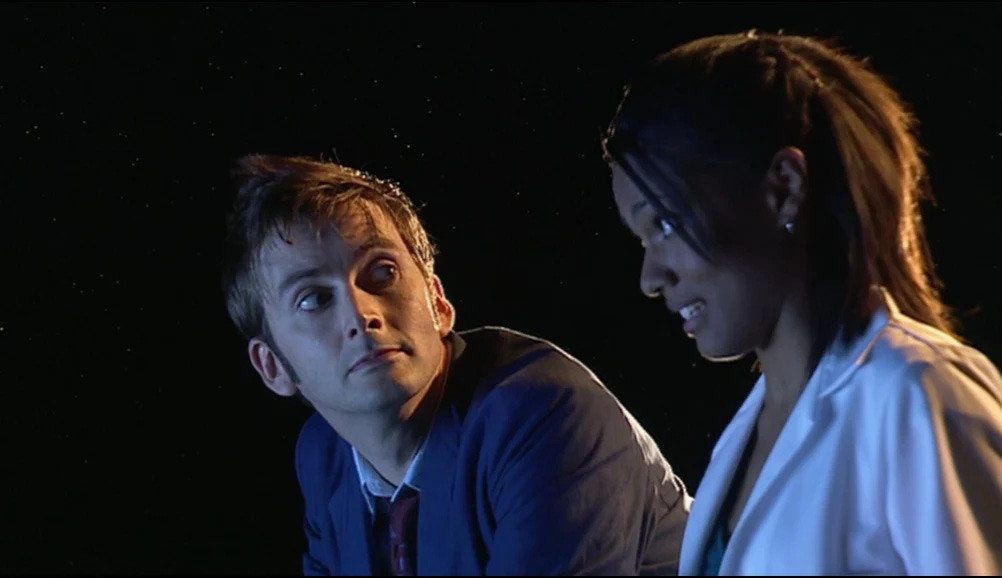 The Judoon invade a hospital in Smith and Jones
The Judoon invade a hospital in Smith and Jones
“Smith and Jones” is arguably one of the most underrated episodes in the Doctor Who canon—a delightful and distinctive sci-fi adventure that launches the season with panache while convincingly demonstrating why the Doctor chooses Martha as his new companion. In fact, this might be Martha’s strongest episode, as she maintains composure under extraordinary circumstances. The lunar setting is atmospheric, the Judoon are entertaining antagonists, the concept of the Doctor traveling with a medical doctor is ingenious, and Tennant and Agyeman exhibit a vibrant chemistry that they don’t consistently replicate later. It’s RTD’s finest season premiere and an excellent start to this uneven season of Doctor Who.
2. “Blink” (Season Three, Episode Ten)
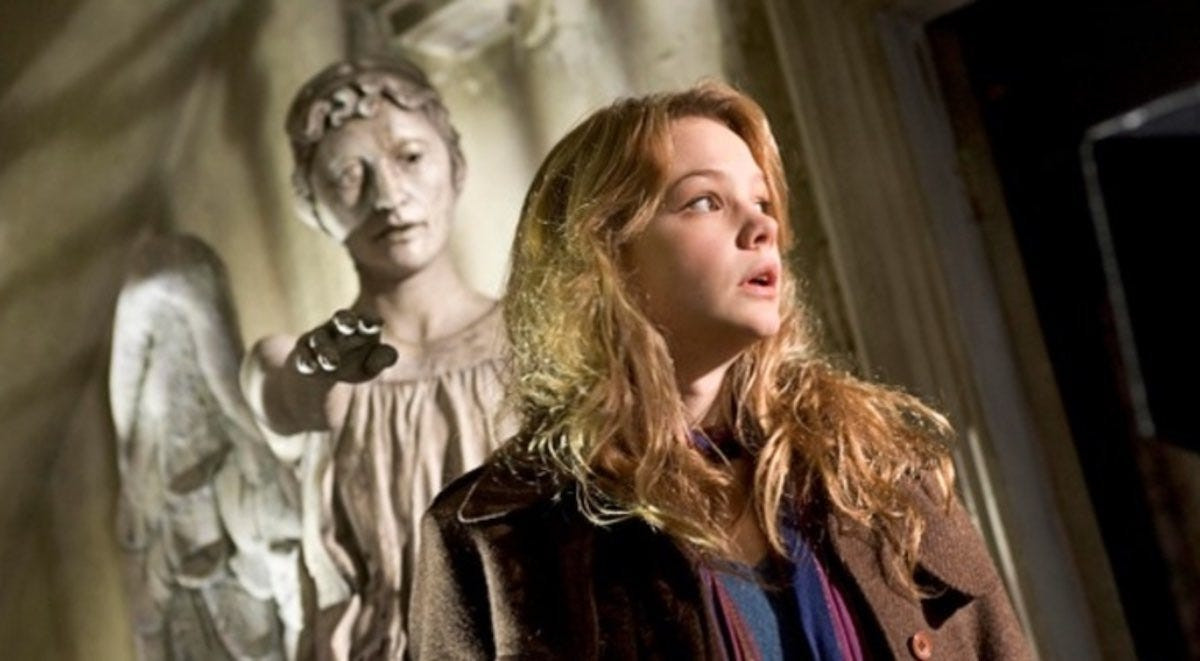 Sally Sparrow faces the Weeping Angels in Blink
Sally Sparrow faces the Weeping Angels in Blink
What more can be said about “Blink” that hasn’t already been expressed? It’s a remarkable hour of science fiction television, introducing the Weeping Angels, some of the most iconic new monsters in modern Who, and featuring a performance by a future two-time Oscar nominee, Carey Mulligan. Coupled with a Doctor-lite structure that makes it accessible for new viewers, it’s no surprise that it’s consistently hailed as one of the greatest Doctor Who episodes ever created. It’s chilling, humorous, self-aware, and surprisingly poignant. And it remains as enjoyable to watch now as it was upon its release over 15 years ago, cementing its place as a classic within Doctor Who season three.
1. “Human Nature” / “The Family of Blood” (Season Three, Episodes Eight and Nine)
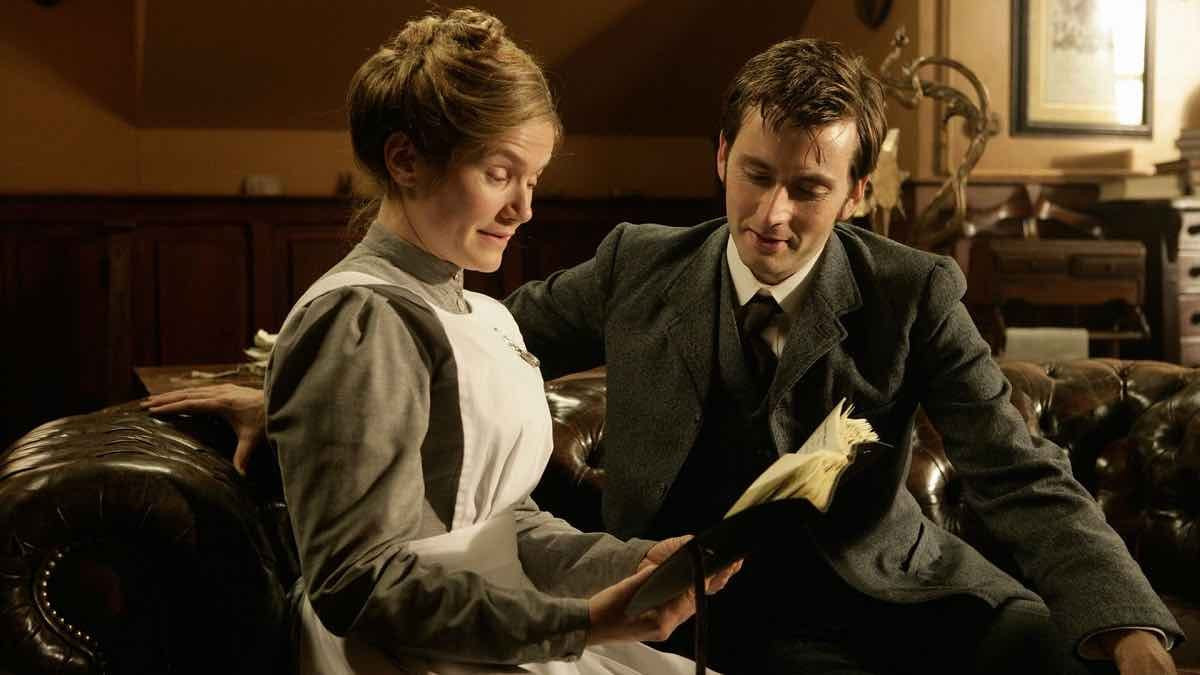 John Smith, the human Doctor, in Human Nature
John Smith, the human Doctor, in Human Nature
While “Blink” is undeniably brilliant, “Human Nature” / “The Family of Blood” stands as the true masterpiece of season three—perhaps even of the entire RTD era. This two-part story is one of the most profoundly dramatic narratives NuWho has ever presented, enhanced by its serious exploration of both the horror of an alien invasion and the emotional complexities of human experience. (A dedicated essay could be written about how effectively this episode uses its pre-World War I setting to establish a tone for a story about sacrifice, love, cruelty, and the futility of war.) The crowning achievement is David Tennant’s astonishingly transformative performance, complemented by Jessica Hynes’s exceptional supporting role. Despite the Doctor’s affection for humanity, he can never truly grasp the essence of being human. This two-parter makes that point profoundly and movingly clear, making it the pinnacle of Doctor Who season three.
Coming soon on Girl Culture: A review of The Marvels; plus the conclusion of this rewatch project with Doctor Who season four, ranked.

